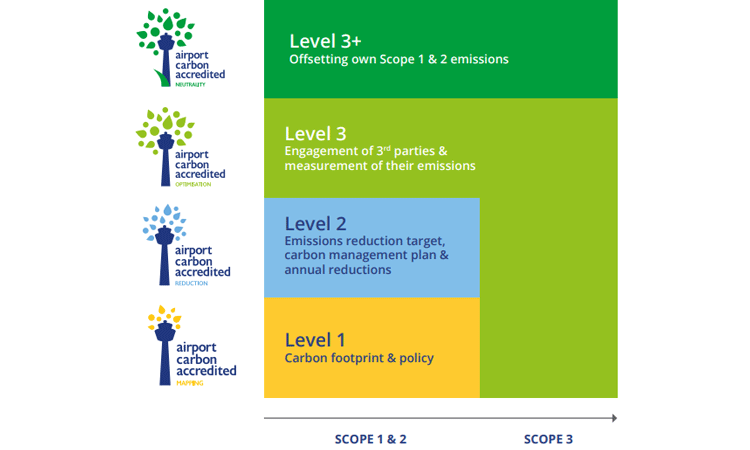Sustainability Series: Are we prepared to adapt to climate change?
- Like
- Digg
- Del
- Tumblr
- VKontakte
- Buffer
- Love This
- Odnoklassniki
- Meneame
- Blogger
- Amazon
- Yahoo Mail
- Gmail
- AOL
- Newsvine
- HackerNews
- Evernote
- MySpace
- Mail.ru
- Viadeo
- Line
- Comments
- Yummly
- SMS
- Viber
- Telegram
- Subscribe
- Skype
- Facebook Messenger
- Kakao
- LiveJournal
- Yammer
- Edgar
- Fintel
- Mix
- Instapaper
- Copy Link
Posted: 27 September 2019 | Naomi Njeri Gitau | No comments yet
Kenya Airports Authority has taken measures to make sure that the effects of its airports are minimal to the overall environmental emergency.


Humanity has been acclimatising to all kinds of situations, particularly climatic conditions, for millennia and has done so with relative success so far. Human societies will continue to do so in response to potential adverse impacts of climate change. However, the level of such adverse impacts can be reduced considerably by pro-active or planned adaptation. In this context, African societies are the most vulnerable habitats to climate variability, a situation that is aggravated by the interaction of ‘multiple stresses’, including high dependence on rain-fed agriculture, wide-spread poverty and weak adaptive capacity.
Airports are affected by climate change and just like other sectors in the world, airports must put up measures to combat it, otherwise our children’s children will blame us for not being active. Airports are classified as nationally critical infrastructure as they facilitate both mobility and economic growth. However, due to their fixed infrastructure and vulnerability to disruptive weather, they are particularly at risk from the potential consequences of climate change, with impacts such as sea levels rising, higher temperatures and greater weather extremes creating both an operational and business risk. Therefore, to protect vital infrastructure and ensure future service continuity for airport operations, it is necessary to develop resilience.
As an environmentally-responsible institution, we are glad to reduce our CO2 emissions into the atmosphere through implementation mitigation measures. This means that we are contributing positively to the preservation of our wildlife and to being part of sustainable tourism rather than depleting it.
For African airports, there are a variety of potential impacts
Higher temperatures can have physical impacts on infrastructure. For example, extreme summer temperatures may exceed design standards leading to heat damage on tarmac surfaces, and tarmac runways or aprons can experience surfaces melting during peak heat periods. There will be a need for increased summer cooling of airport buildings with the attendant energy costs. Some buildings which were designed for cooler climates may not be able to maintain comfortable temperatures during very hot periods, leading to overheating of equipment and health issues for staff and passengers.
In Kenya, the airport landscapes have dried up; we have been drilling more boreholes to provide water for use at the terminal buildings but this reduces the underground reservoirs.
We are incurring high costs due to the repairs of cracked pavements, caused by increased temperatures and moisture compositions.
Our airports handle a lot of passengers as tourism in Kenya is the second-largest source of foreign exchange revenue. In 2018, statistics show that there were 2,025,206 international arrivals. As an environmentally-responsible institution, we are glad to reduce our CO2 emissions into the atmosphere through implementation mitigation measures. This means that we are contributing positively to the preservation of our wildlife and to being part of sustainable tourism rather than depleting it.
Are we sufficiently prepared for the climate to continue to change?
In its current strategy, Kenya Airports Authority would like to have a sustainable future, with one of its key strategic pillars being environmental stewardships. Which refers to “responsible use and protection of the natural environment through conservation and sustainable practices.”
It has been argued by some that adaptation to climate change is just the same as development (or even sustainable development, or more recently climate “resilient development”). While such a case can indeed be made, it is important to note that adaptation to climate change will require some new attributes that have not (so far) been associated with traditional development. The first is the need to be science-oriented. Climate change impacts are still only vaguely known within the scientific community and our knowledge of such impacts (at a global as well as national level) will need to grow rapidly over time. Decision makers (whether global or national) will need to work in collaboration with their respective scientific communities in order to be aware of the latest developments in climate science.
Recognising the importance of the global warming issue, Kenya has been making aggressive efforts to address greenhouse-gas (GHG) emissions from aviation. Kenya has been taking a wide range of possible measures which include upgrading its air navigation systems, airport facilities, operations and procedures to meet the dynamic changing aviation industry and global challenges. The upgrades have significantly resulted in a more efficient flight information region. These upgrades include the installation of new and modern air navigation equipment, fleet renewal, implementation of performance-based navigation, air traffic fully under radar surveillance and upgrade of airport infrastructures.
Under the action plan to reduce greenhouse gas emissions, Kenya seeks to abate its GHG emissions by 30 per cent by 2030, relative to the business as usual (BAU) scenario of 143 MtCO2 eq; and in line with its sustainable development agenda.
In its current strategy, Kenya Airports Authority would like to have a sustainable future, with one of its key strategic pillars being environmental stewardships. This refers to “responsible use and protection of the natural environment through conservation and sustainable practices”.
KAA has a current passenger capacity of 10.5 million across the network. In the financial year 18/19 passenger throughput in the terminal stood at 11.9 million. This is projected to grow to 16.4 million passengers by the end of the strategic plan period FY 21/22. Aircraft movement stood at 106,510 by the end of FY18/19 and is projected to grow to 390,710 by the end of the strategic plan period FY 21/22.
The question of how to manage this growth taking place in Kenya aviation in a way that balances economic and environmental values is of key importance to Kenya Airport Authority.
KAA carbon footprint
CO2 emissions cause climate change, which directly affects airport operations. Carbon and particulates are emitted while using energy and fuel for our operations, airside and landside. In 2009, ACI introduced Airport Carbon Accreditation (ACA), which assesses and recognises the efforts of airports to manage and reduce their carbon emissions through four levels of certification: ‘Mapping’, ‘Reduction’, ‘Optimisation’ and ‘Neutrality’. Airport Carbon Accreditation is also the only global airport specific carbon standard which relies on internationally recognised methodologies.
KAA has benchmarked with the ACA tool to ensure that our airports attain carbon neutrality in the next three years and thus reflect upon the impact the airports have on the climate. Our first step has been to map our carbon footprint, this process begun after we registered interest with the ACA administrator. The plan is to have four of our airports accredited as per the schedule below;
No. | Airports | ACA LEVEL 1 | ACA LEVEL 2 | ACA LEVEL 3 | ACA LEVEL 3+ |
1. | Jomo Kenyatta International Airport (NBO) | December 2019 | July 2020 | December 2020 | December 2022 |
2. | Moi International Airport (MIA) | December 2019 | July 2020 | December 2020 | December 2022 |
3. | Kilimanjaro International Airport (KIA) | December 2019 | July 2020 | December 2020 | December 2022 |
4. | Eldoret International Airport (EDL) | December 2019 | July 2020 | December 2020 | December 2022 |
What measure have you taken to reduce your carbon footprint and improve your impact on the environment? Both within the airport terminals and outside on the airfield?
KAA has put in place environmental sustainable measures in the recent past that have contributed to reduction of CO2 emissions from its operations both airside and landside.
- At NBO apron we have installed nine auxiliary power units (APUs) that are powered by electricity. Airlines are connecting to the APUs instead of using the GPUs which run on diesel. The installation has led to a reduction in existing emissions into the climate (including CO2) from the aircraft on-board APU powered by jet fuel and from portable GPUs powered by diesel by providing pre-conditioned air and compatible electricity, which is considered cleaner.
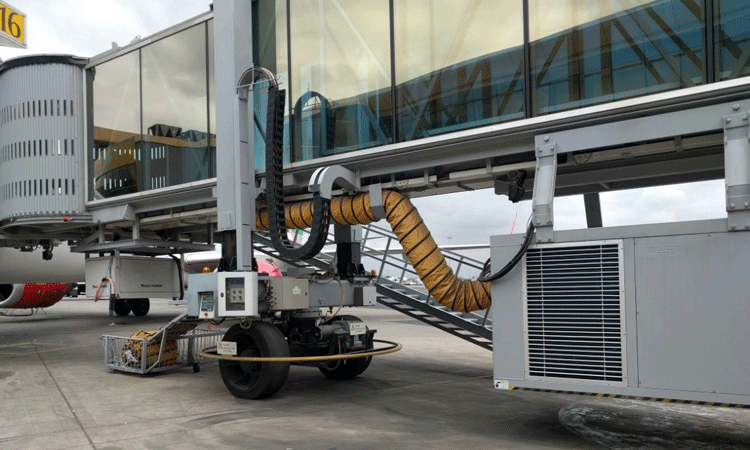

- Construction of a car park to minimise vehicles roaming and hence reduced emissions and replacement of current streetlights with LED in NBO. Before construction of the existing parking garage, the drop-off points at the arrivals and departures of NBO were polluted and noisy. Vehicles would roam up to 15 minutes while searching for parking spaces. Since the commissioning of the parking garage, the area is cleaner and quieter.
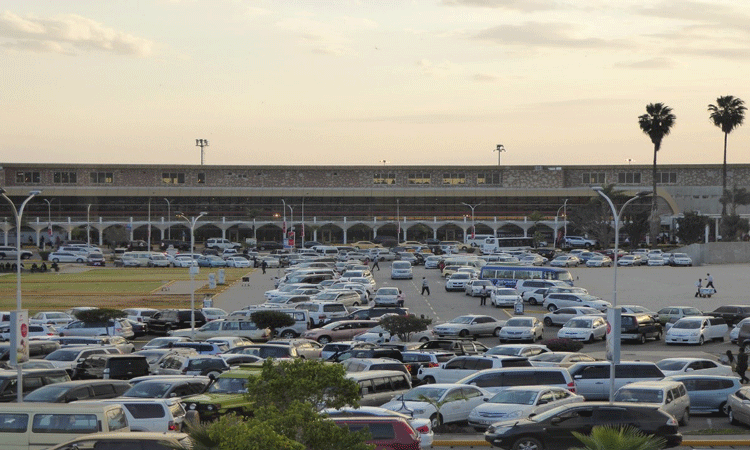

- The introduction of LED street lighting is to a great length more sustainable, and has less of an impact on the climate.
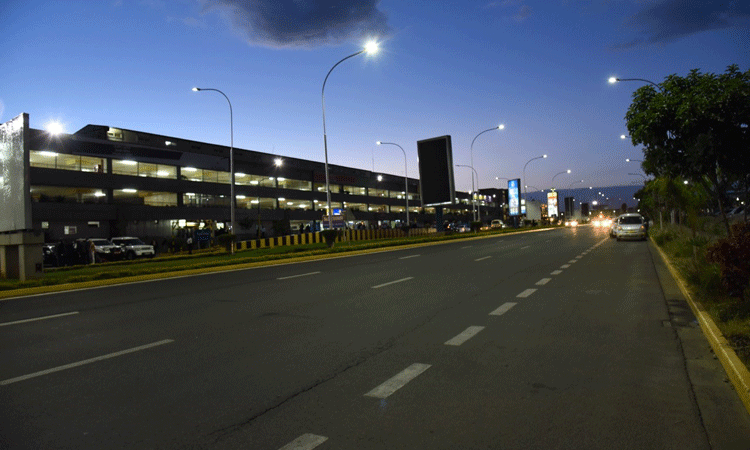

- Construction of new terminal buildings that are more environmental friendly, with natural lighting and less air conditioning is required.
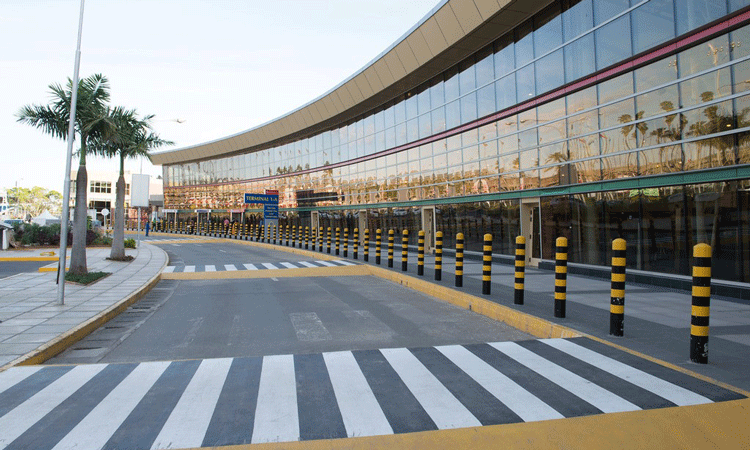

- KAA has a programme of mass transportation for the 500 employees that travel to and from work. This has had a great reduction on air pollution, compared to all employees driving to and from the airport. The majority of employees live about 30km away from the airport.
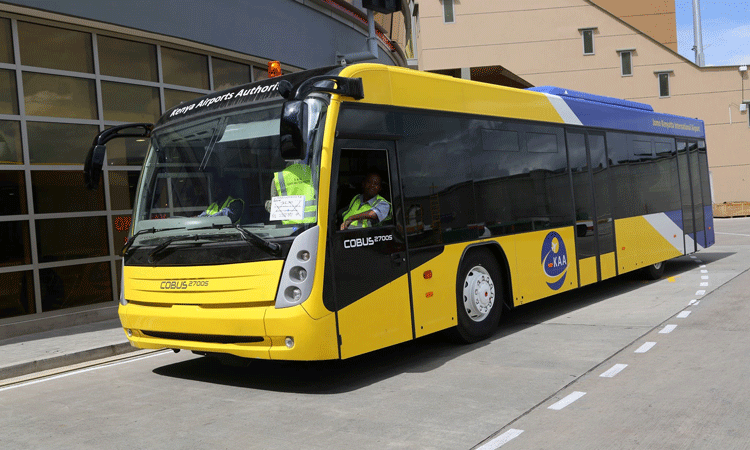

- KAA hosts a Solar Photovoltaic and Gate Electrification System at Moi International Airport, which was commissioned in May 2019 and is the first of its kind in Africa. This gate electrification equipment allows aircraft serving international flights to switch off their APU when parked at the gate; reducing CO2 emissions and the impact of aviation on the climate. KAA through the Kenya Civil Aviation Authority received a grant for installation of the project through ICAO-European Union Assistance Project Capacity Building for CO2 mitigation from international aviation.
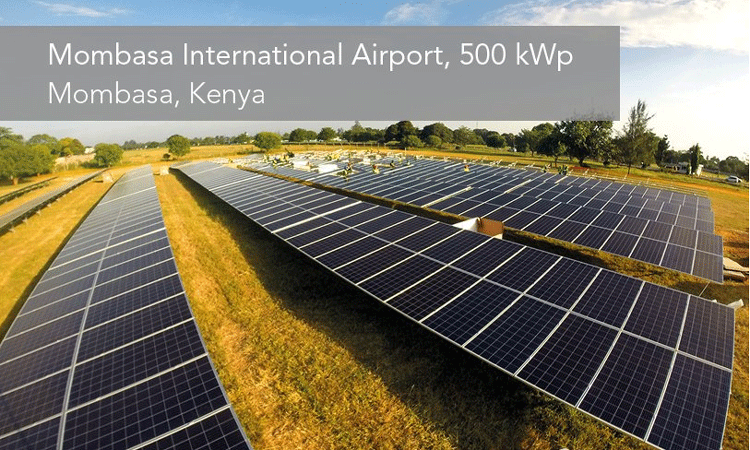

- KAA has planted and maintained trees in various airports to promote ecological restoration. At Eldoret International Airport, we have planted about 180,000 trees, which act as a carbon sink.
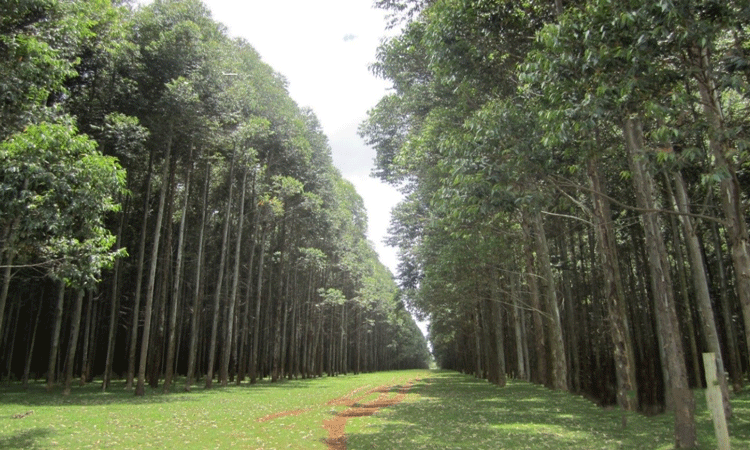

Some of the challenges we are facing in Africa
- In Africa, more so in Kenya, we are lagging behind in purchase of new aircraft with modern technologies that are less emitting to the environment. The engine technologies in many aircraft are old, which means more emissions and noise pollution.
- Technologies used in ATM in most African airports do not promote efficiency in ATM planning, ground operations, terminal operations (departure, approach and arrivals), en-route operations, airspace design and usage, and aircraft capabilities. This causes delays in ATM movements and hence emissions.
- Regulatory measures to do with emission controls have not been formulated and or domesticated. Annex 16 – on air quality has not been domesticated.
- Airport infrastructure is still old and very expensive to upgrade. This applies to construction of modern runways with rapid taxiways that would reduce taxiing time, installation of fixed electrical ground power and pre-conditioned air to allow aircraft APU switch-off, and the installation of LED instead of classic light. All of this is hoped to reduce the impact of the airports on the climate and the environment.
- Lack of awareness of environment matters in relation to aviation.
- Environmental matters in aviation are not given priority – priority is given to economic growth.
What is the future?
Although KAA does not own the ground handling equipment, KAA has plans to influence the type of equipment that should be operated by the ground handling companies, by introducing strict conditions of use in the lease agreements issued to the companies. KAA hopes to see these changes have a positive impact upon the environment. The airport operators have plans to improve the GSEs to electric since they are more efficient and less polluting.
Related topics
Emissions, Regulation and Legislation, Sustainability, Sustainable development
Related airports
Eldoret International Airport (EDL), Jomo Kenyatta International Airport (NBO), Kilimanjaro International Airport (KIA), Moi International Airport (MIA)



